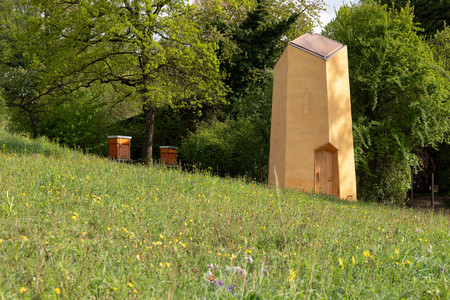From Idea to Institution: the "Farmářská škola" agricultural School

Farmářská škola, located near Prague, shows how a special training concept can promote change in agriculture. The initiative, which has been supported by SAGST for many years, combines biodynamic teaching, research and practice - and is thus providing important impetus for organic farming in the Czech Republic.
How can organic farming be communicated in such a way that it sustainably strengthens soils, biodiversity and the landscape? The initiators' answer was clear and consistent: by learning directly in the fields, stables and nurseries, where students experience the course of the year with all its challenges. This is how the idea for the country's first "field-based" biodynamic training program was born.
Focus on experiential knowledge
The approach is as simple as it is effective: 70 percent practical work, 30 percent theory. Students acquire valuable experiential knowledge on over 40 partner farms in the Czech Republic and Slovakia. The theoretical part is taught by experts from agricultural practice as well as national and international experts. An important milestone was achieving state accreditation as a higher vocational school in 2023, which is comparable to a university of applied sciences in Germany.
The institution on the outskirts of Prague now has around 100 students with its own training and model farm (spread over three years of training) - and the number is rising. At the same time, a broad educational and practical network has developed, including an annual symposium with increasing numbers of participants. So-called incubation farms make it easier for graduates to become self-employed.
Taking responsibility for the future
The Software AG Foundation (SAGST) has supported the School of Agriculture since its beginnings. Most recently, it supported the initiative with grants for important investments in classrooms and teaching operations. "The Farmářská škola impressively underlines what is possible when knowledge transfer, practical experience and social responsibility come together," says Christian Wüst, project manager at SAGST. "A generation is growing up here that sees biodynamic agriculture not just as a profession, but as a way to heal the earth."




